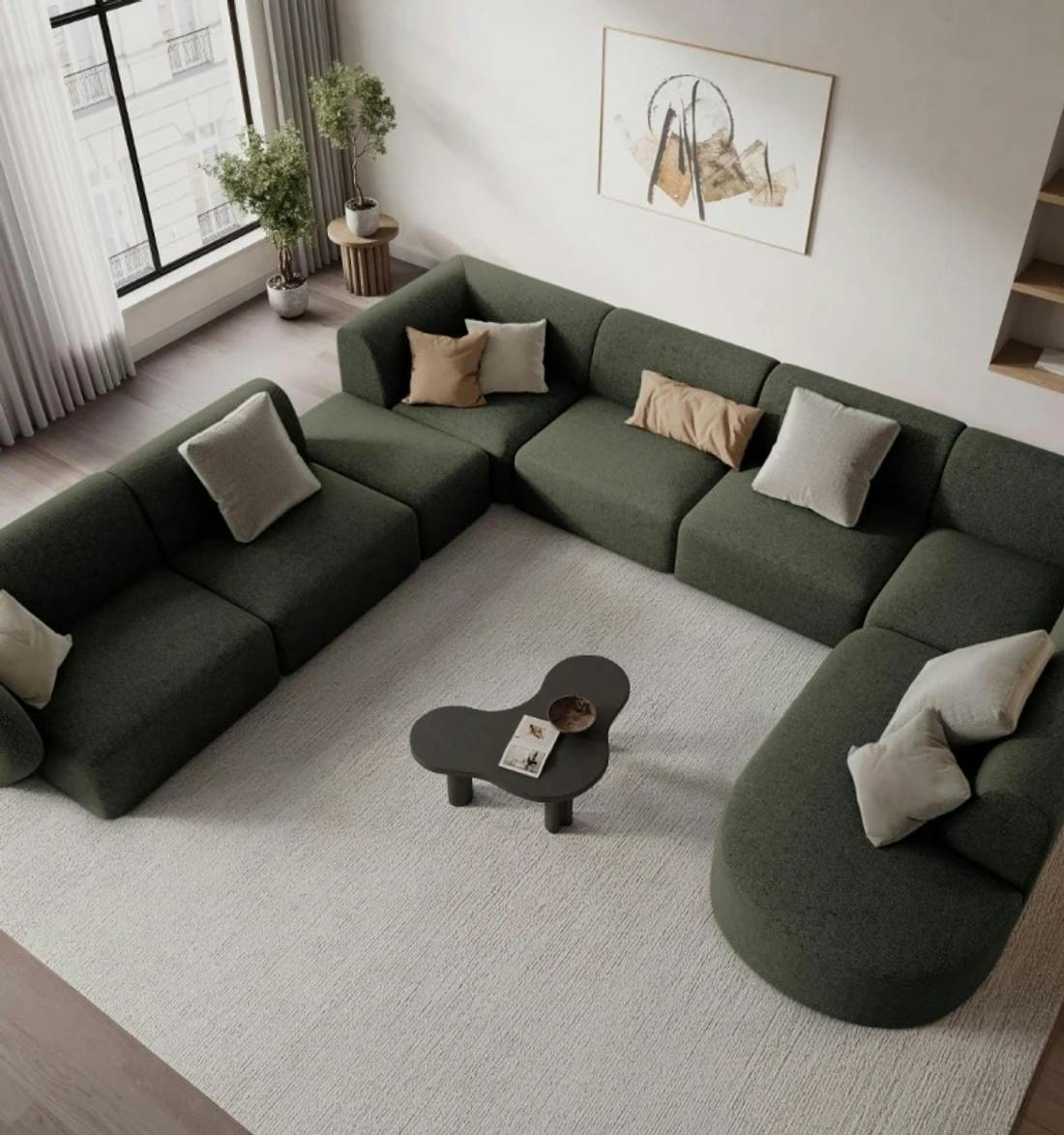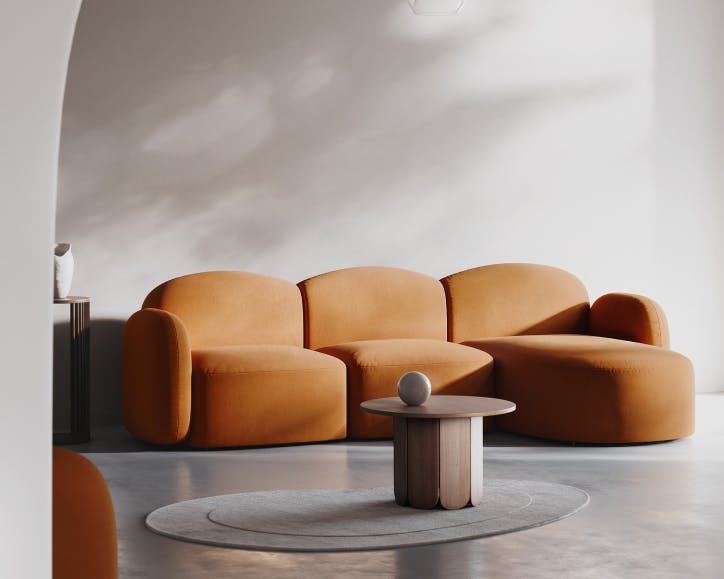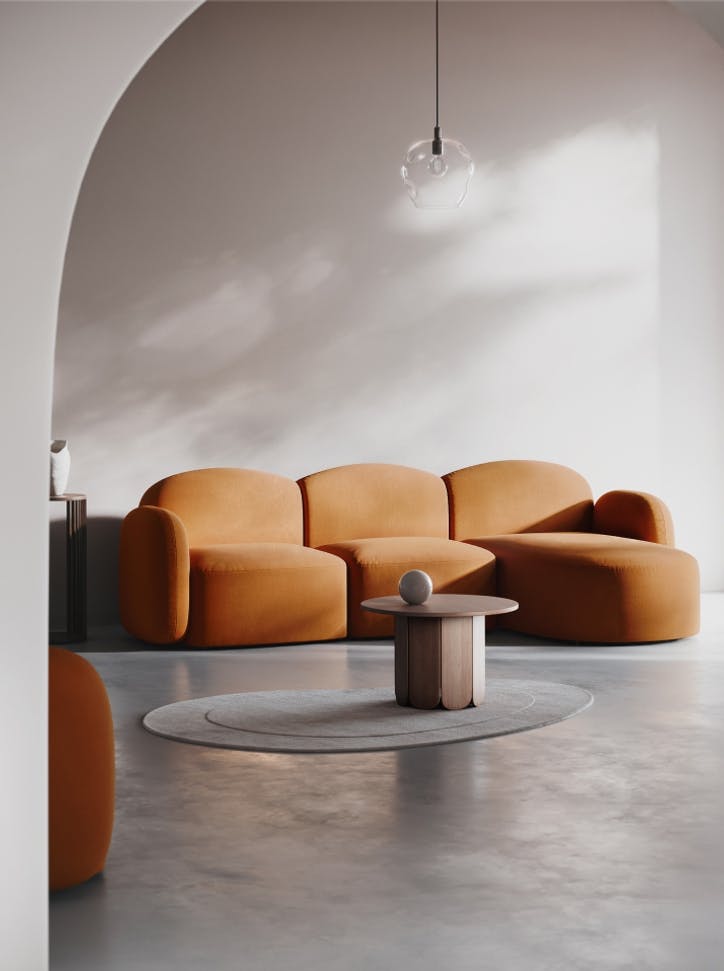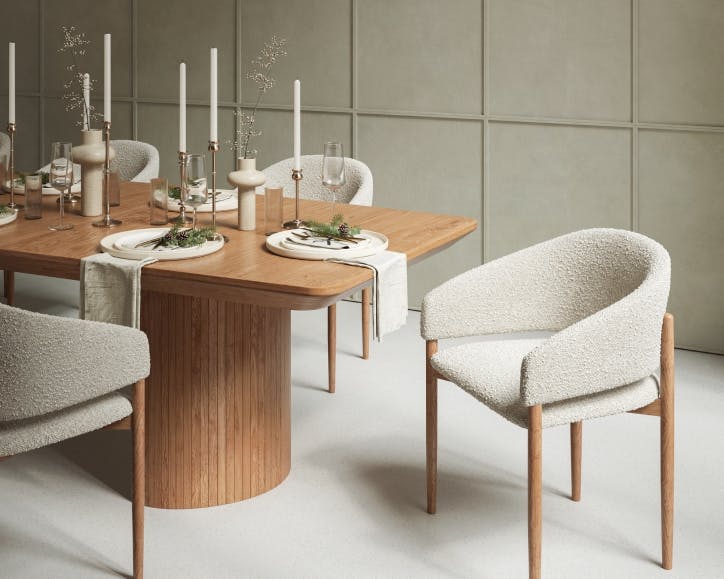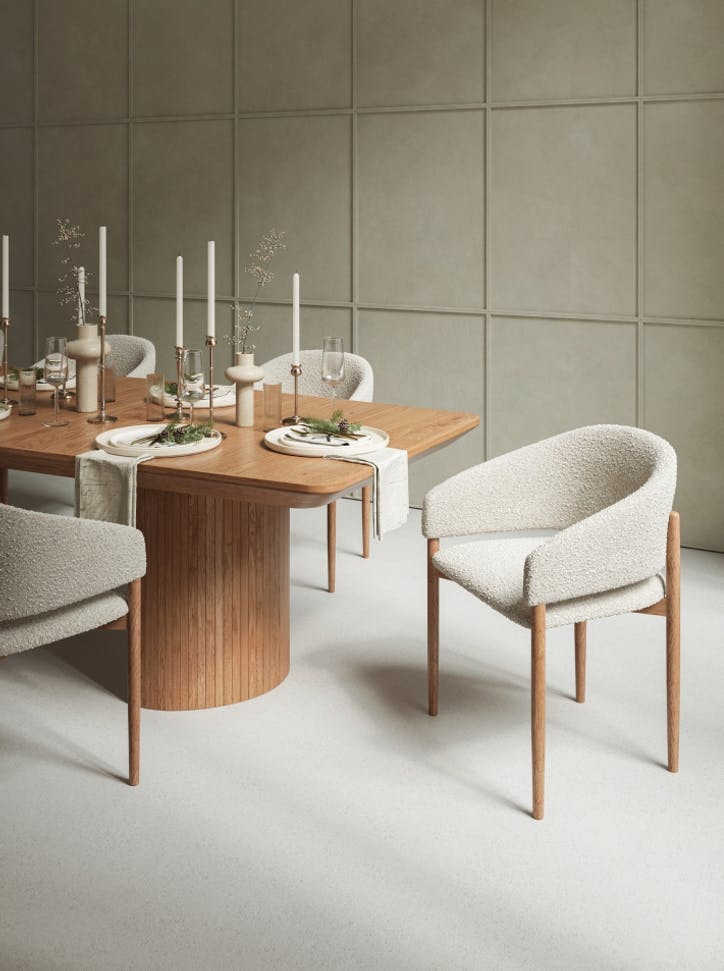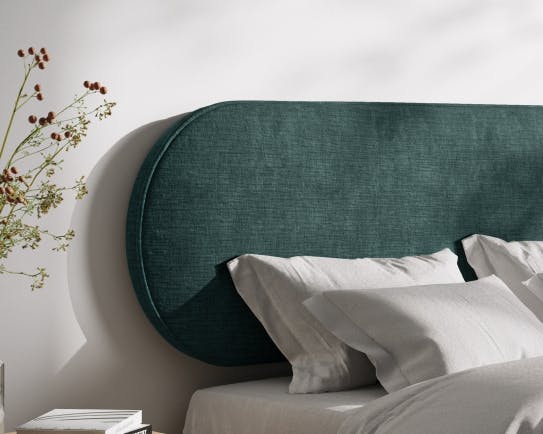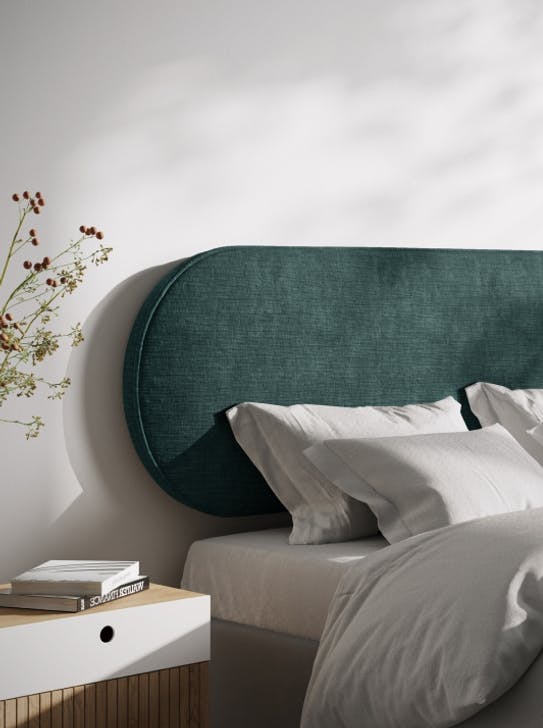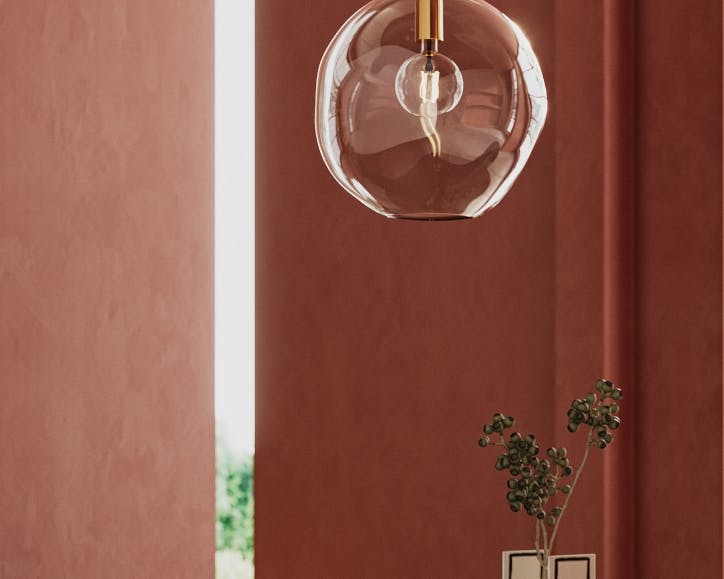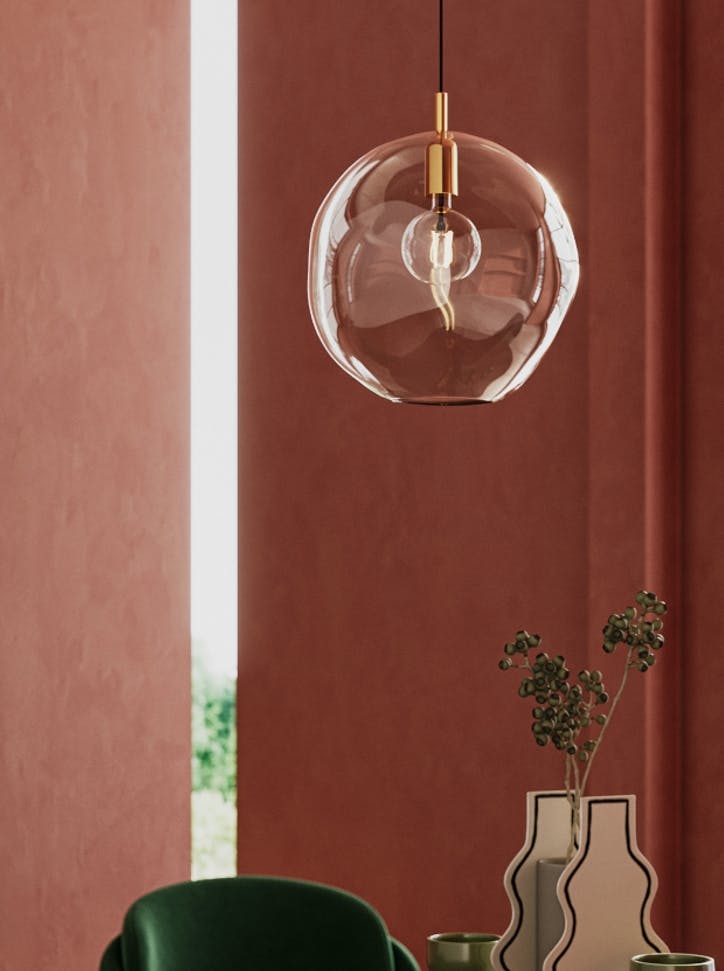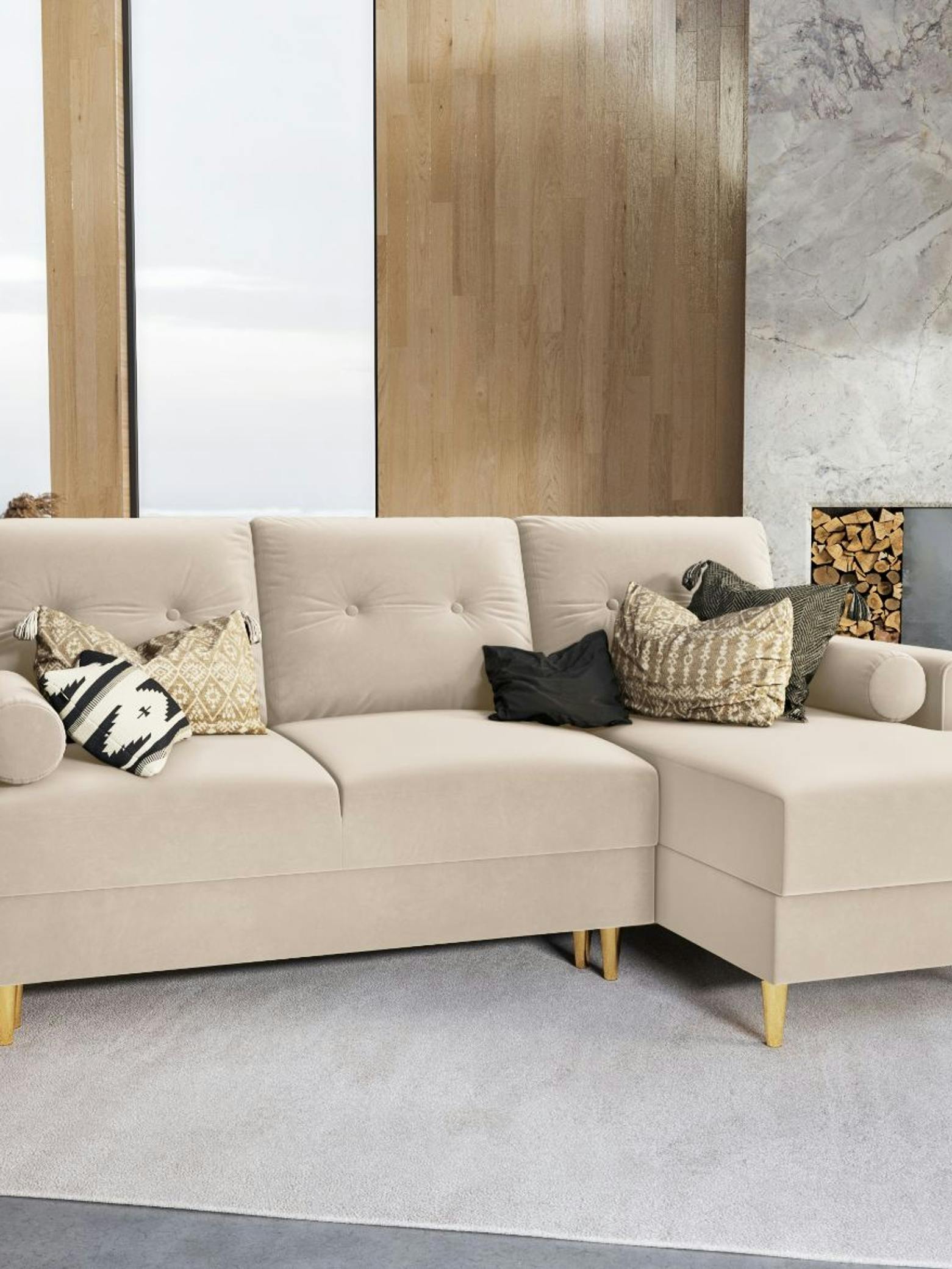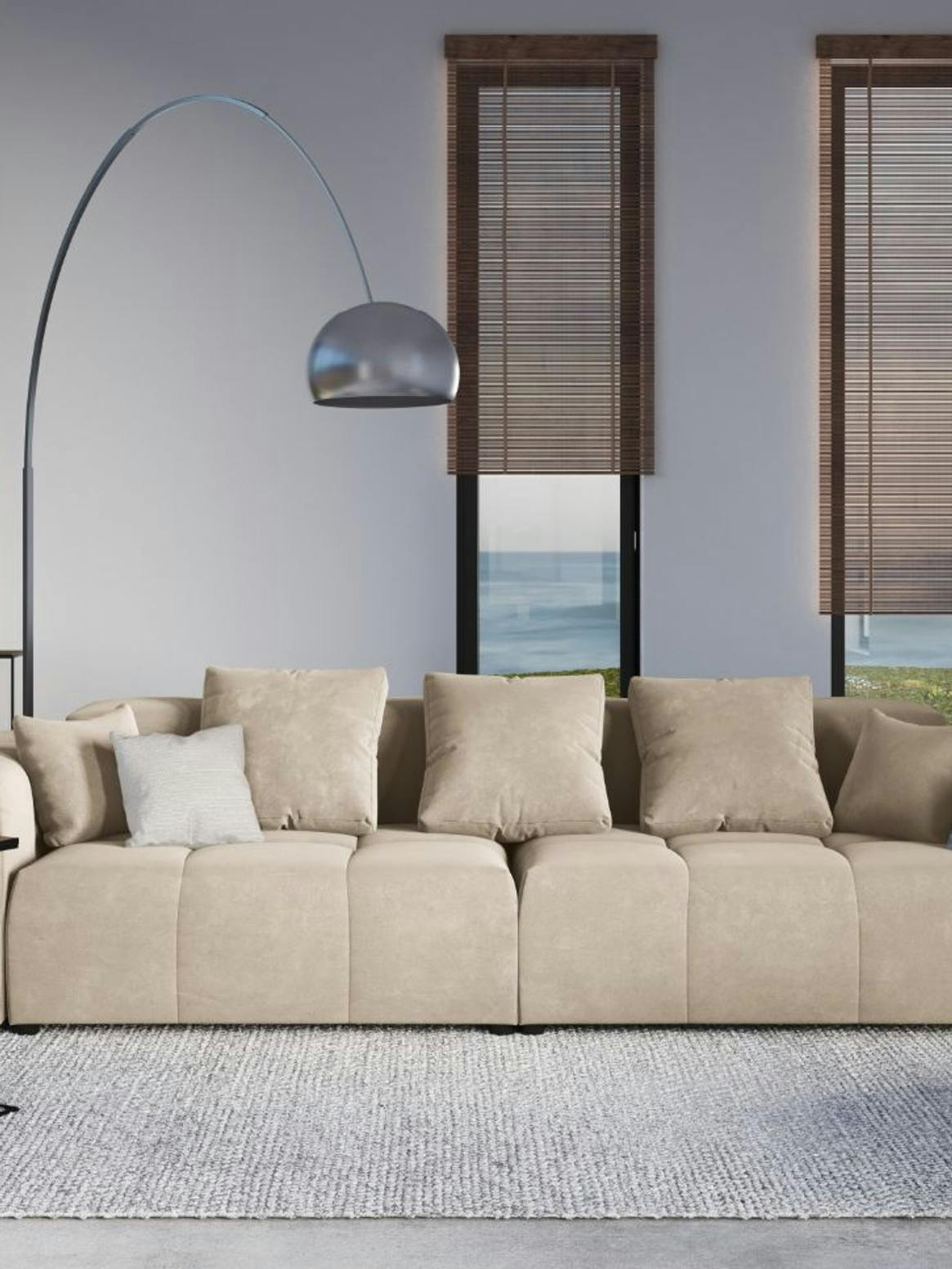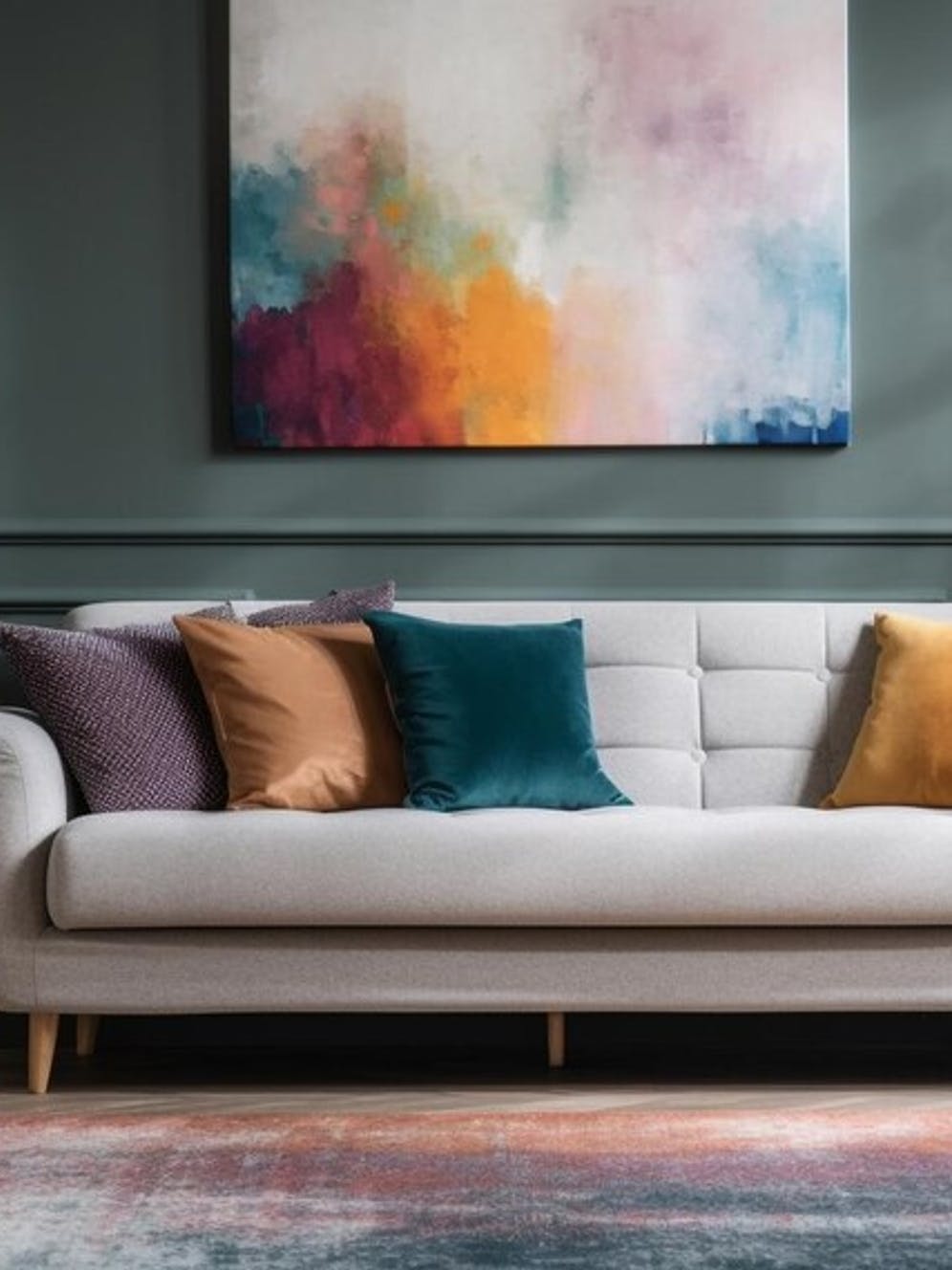
Mastering Classic Interior Design: Tips and Techniques
If you're looking for something timeless and balanced for your interior, choose the classic style. It is still a popular way to decorate spectacularly but tastefully. Decorative architectural elements, solid furniture, along with consistency and symmetry play a major role. Classics are good for those who are not fond of change and want to enjoy attractive decor for years, just like with Micadoni furniture.Classic interiors, inspired by English and French living rooms from two centuries ago, are governed by their own rules and require some discipline. The following guide will introduce you to the most important rules of contemporary classic style.
Unusual Walls
Refined Elegance: The Art of Symmetry and Craftsmanship in Classic Interiors
They are usually decorated with various types of plaster decors, stucco, cornices, and paneling. Decorations of this kind make a classical interior look regal and dignified. Stuccos, or delicate frames on the walls, give rhythm to the space and are extremely elegant. Pilasters around the mirror or fireplace also serve symmetry and harmony. A lot is going on at the ceiling, as well. The central place in the room is often occupied by a plaster rosette around an ornamental chandelier, which can be large and crystal, although nowadays their forms are somewhat simplified.
Under the star of symmetry
A classic interior is coherent and often has a leading motif, for example the same pattern on curtains and cushions. Similarly, furniture - usually forms a set or is in the same shade of wood. Thus, despite the abundance of ornaments, we find a certain moderation in the contemporary classics. The symmetry that prevails in the interior is also striking. Maintaining an even division is a priority when planning the space of traditional living areas, but also in the arrangement of furniture. Armchairs are placed in pairs, for example, on both sides of the table, and dressers or consoles on both sides of the fireplace. Similarly situated are lamps, sconces, candlesticks, and paintings, which are symmetrically placed on sideboards or near mirrors.
Solid craftsmanship
The choice of furniture for classical interiors is very large. The basic criteria are high-quality workmanship and noble materials. Solid craftsmanship and originality count. Most are reproductions or stylizations, but classical interiors are like authentic antiques and vintage art. It's important not to have too much of it, to avoid a museum-like decor. Classical furniture is elegant with chic silhouettes in warm wood tones, such as walnut or oak. Upholstered sofas with leather or velour covers are key. Micadoni offers elegant sofas in the Dunas collection. Thanks to various combinations they will fit perfectly into modern classic interiors. Spacious seats will be perfect when guests come to visit while their smooth design is a universal choice for people with different aesthetic tastes. An additional advantage of Duna's sofas is metal legs that add lightness and perfectly break the formal order of the classic style.
Safe Colors
Harmony in Hues: The Understated Elegance of Classic Interior Color Palettes
The color scheme of classic interiors is subdued and uniform. It is mainly based on creamy shades of white, beige, and warm browns, being rather calm and dignified. Walls are usually neutral but can be wallpapered with discreet patterns, for example, safe flowers, stripes, or jacquard patterns. Curtain fabrics and, on occasion, sofa and armchair upholstery and cushions match the overall look. More vibrant color accents are used sparingly; usually, these are greens and blues. There is some gold or silver in the accessories, but in moderation, in order to avoid kitsch. Finishes are subtle and conventional, without flashy contrasts.
Mirrors & Other Accessories
Among accessories reign all kinds of antiques, works of art and memorabilia, such as busts, caskets, silver, and candlesticks – preferably gently bitten by the tooth of time, making them more authentic. They should be made of durable and good quality materials, such as marble, precious metals, and wood or porcelain. It is important to display them sensibly to avoid clutter. Among the decorative favorites, large mirrors in gilded frames lead the way, which not only enlarge rooms, but also add prestige. A significant role is played by layered window decorations in the form of muslins and heavy curtains. In the modern interpretation of the classic style, frills are increasingly often abandoned. Floors, usually made of boards or parquets, are finished in a bit darker tone than furniture. There is room for wide carpets with Persian or Turkish patterns, most often made of wool. Wherever you can afford it, the fireplace becomes the focal point of a classic living room. It attracts attention, builds symmetry, and provides a reference point for the inspiring styling of the entire interior.
The contemporary classic style is less overloaded with decorative details. It is ordered by a symmetrical arrangement of furniture, which makes the rooms cozy, and welcoming and facilitates everyday family life. You can take the interior solutions of the classic style as a starting point and freely weave non-traditional elements into its formal requirements to create a more individual space.
Magazine edition
Exclusive Micadoni magazineCreating The Perfect Sleep Environment: Essential Bedroom Design Tips
A good night’s sleep is essential to our overall health and well-being. From improved cognitive functioning to better cardiovascular health, getting quality rest can help us stay energized and focused...
Bedroom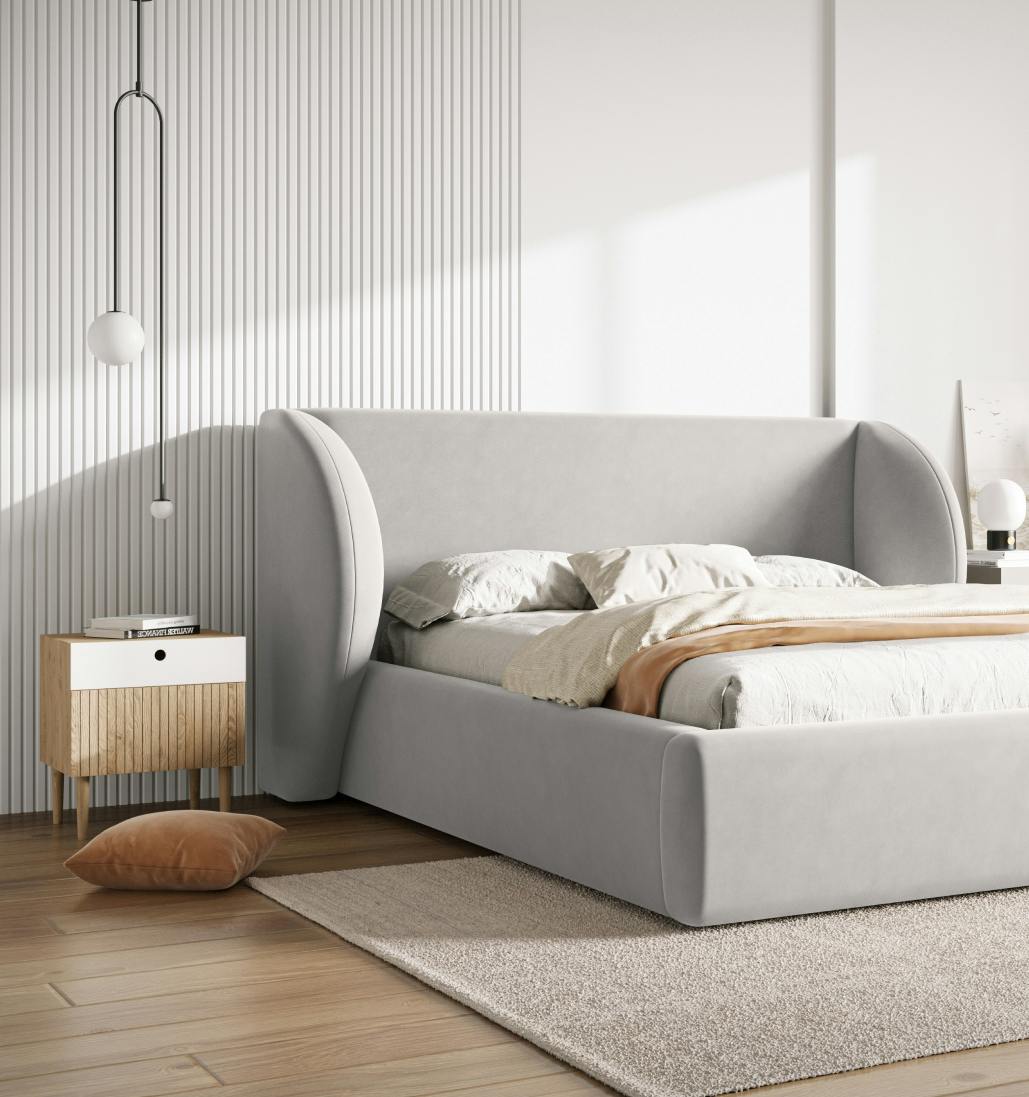
How To Stylishly Furnish Your Home In 2024: Top Interior Design Trends
Are you looking to furnish your home in 2024 stylishly? Dive into this guide for the latest interior design trends, decor tips, and expert advice to make your home a testament to modern elegance and c...
Interior Trends